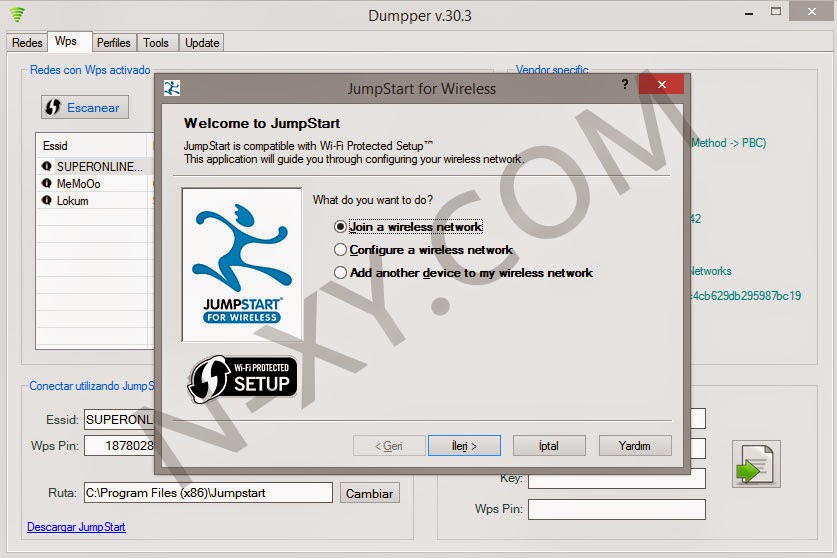Bus Network Topology Definition

Information from the root node may have to pass through other nodes to reach the end nodes. It is helpful for a network administrator to know the pros and cons of different network topologies when putting together a network. By weighing the benefits of each type, the administrator can choose the configuration that is most efficient for the network's intended purpose. TechTerms - The Tech Terms Computer Dictionary This page contains a technical definition of Network Topology. It explains in computing terminology what Network Topology means and is one of many technical terms in the TechTerms dictionary.
42nd Allerton Conference. • ^ Inc, S., (2002). Networking Complete.
• AN-1057,, p. • Advantech Co., Ltd., Cable 50-Pin SCSI Ribbon type # PCL-10152-3E ( #923-PCL-10152-3E) •, The Disadvantages of Wired Technology, Laura Acevedo, Demand Media. Retrieved 2014-03-01.
Third Edition.  San Francisco: Sybex •, Part no.: 12408,.
San Francisco: Sybex •, Part no.: 12408,.
The disadvantage is that if the hub fails, the entire system is compromised. Twisted-Pair Ethernet (10BASE-T), based on unshielded twisted pair, and Fibre Optic Ethernet (FOIRL and 10BASE-FL), based on fibre optic cable, use the star. Typical applications.
Each additional star connection is than another tier in the network. Tree Network: A network topology that, from a purely topological viewpoint, resembles an interconnection of star networks in that individual peripheral nodes are required to transmit to and receive from one other node only, toward a central node, and are not required to act as repeaters or regenerators. The Universal Serial Bus [] is a network that uses a Tree Topology. The USB Host Controller is the trunk that branches out to a USB Hub or a USB device. A USB device terminates a branch while a USB Hub may branch out to another Hub or USB device. Each new USB Hub may branch out again until the maximum devices in the network is reached [128].
A break in the cable of a ring network may result in degraded data speed between pairs of workstations for which the data path is increased as a result of the break. If two breaks occur and they are not both in the same section of cable, some workstations will be cut off from some of the others.
Fedyk, Ed.,; P. Ashwood-Smith, Ed.,; D. Unbehagen (April 2012). Math city fsc part 2. Retrieved 12 May 2012. CS1 maint: Multiple names: authors list () External links [ ] Wikimedia Commons has media related to. • Application of a tetrahedral structure to create a resilient partial-mesh 3-dimensional campus backbone data network.
Bus Topology is the simplest of network topologies. In this type of topology, all the nodes (computers as well as servers) are connected to the single cable (called bus), by the help of interface connectors.
Computer network cabling (wired as defined by ) consists of 4 pairs of copper cabling that can be utilized for both voice and data transmission. The use of two wires twisted together helps to reduce.
Videopad 6 registration code. In addition to the hub(s), a star network requires that each computer have an NIC with an RJ-45 connector (similar to a phone jack, only larger). No terminators are required on a star network, because each cable segment has only two nodes: the computer on one end and the hub on the other. Hubs are sometimes called concentrators. Next lesson In the next lesson, you will learn about the characteristics of the ring topology.
A topology is the physical layout of computers, cables, and other components on a network. There are a number of different network topologies, and a network may be built using multiple topologies. The different types of network layouts are Bus topology,,,, and Wireless topology.
Distributed Bus Network Topology
A special kind of mesh, limiting the number of hops between two nodes, is a. The number of arbitrary forks in mesh networks makes them more difficult to design and implement, but their decentralized nature makes them very useful. In 2012 the (IEEE) published the protocol to ease configuration tasks and allows all paths to be active which increases bandwidth and redundancy between all devices. This is similar in some ways to a, where a linear or ring topology is used to connect systems in multiple directions. A multidimensional ring has a topology, for instance. A fully connected network, complete topology, or full mesh topology is a network topology in which there is a direct link between all pairs of nodes.